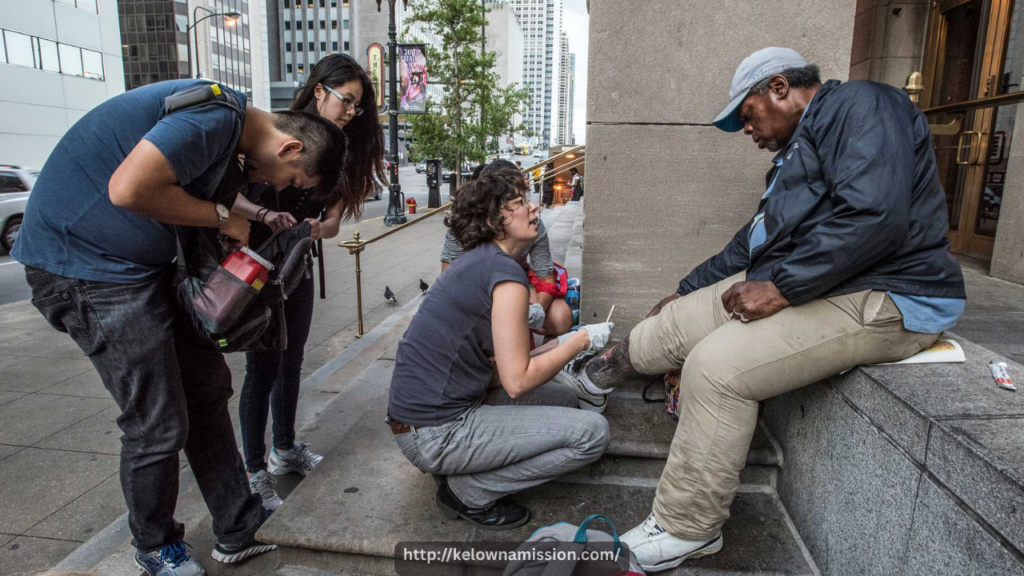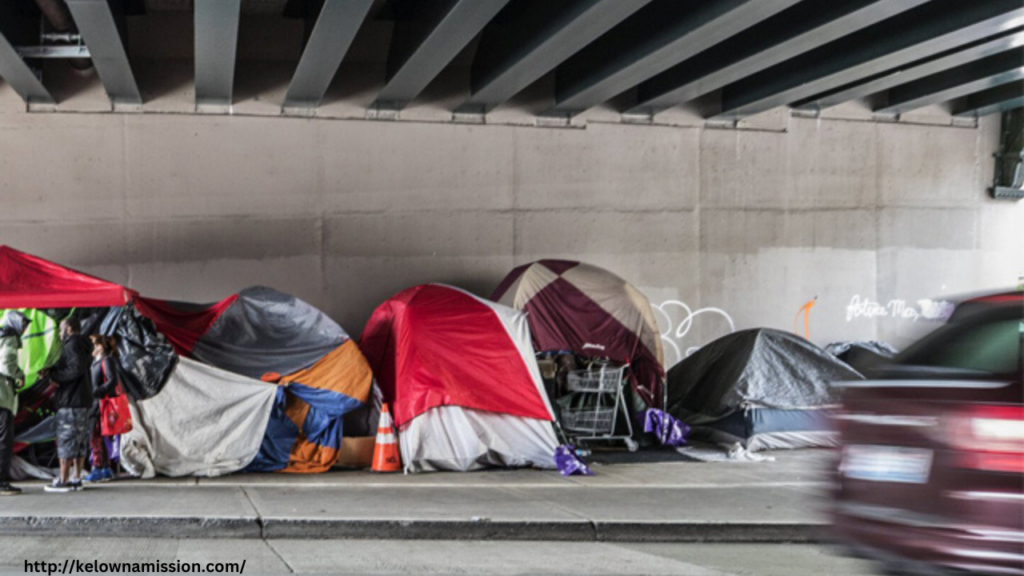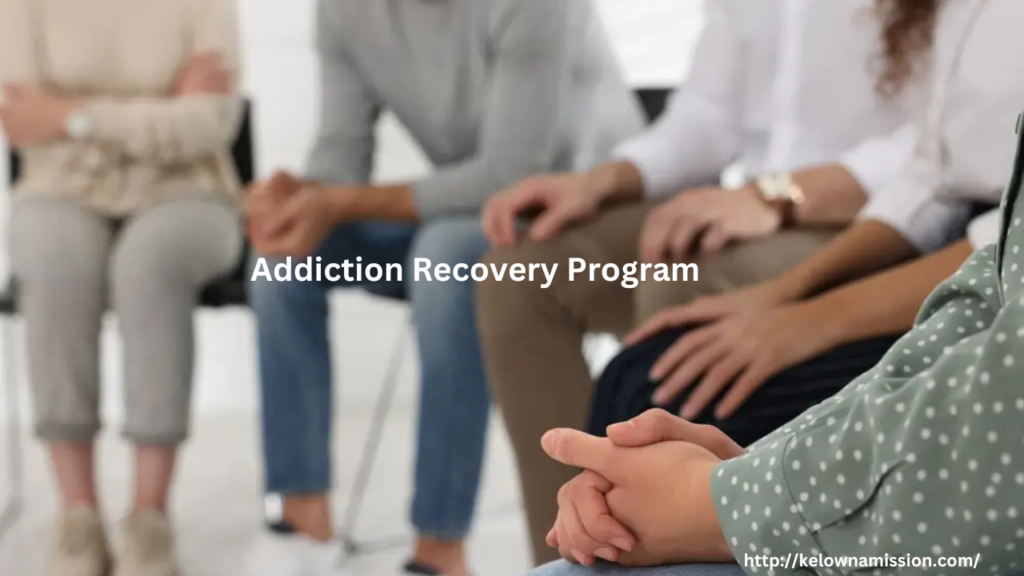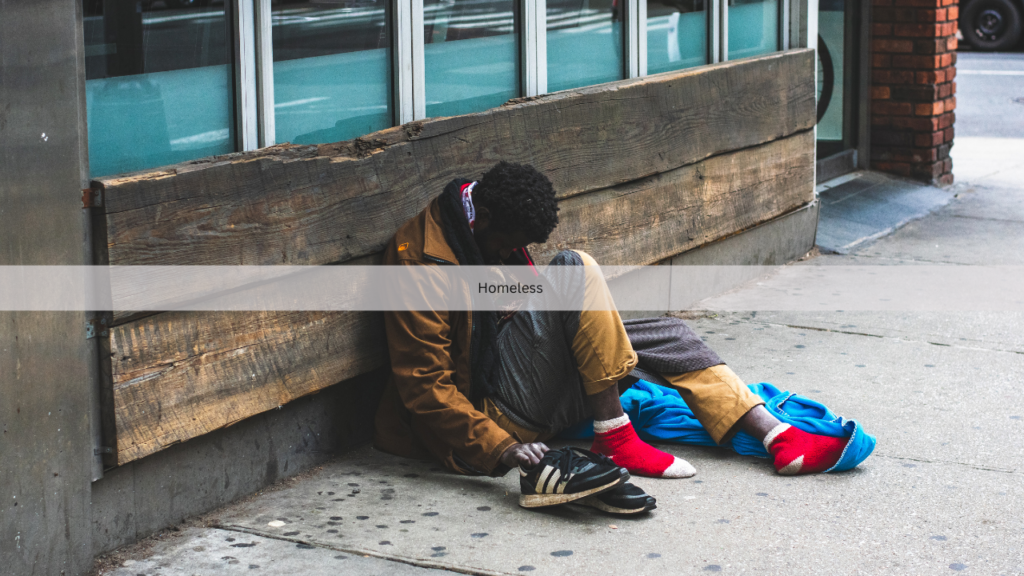
In cities across the country, mobile clinics and outreach programs are redefining how healthcare and addiction support are delivered to people experiencing homelessness. For many individuals living on the streets, traditional healthcare settings are out of reach due to transportation barriers, lack of identification, or past negative experiences with institutions. Mobile clinics bring services directly to those in need, providing vital care in a compassionate and accessible way.
Meeting People Where They Are
The core philosophy behind mobile health units and street outreach programs is simple but powerful: meet people where they are. This means providing care on sidewalks, in encampments, under bridges, and in other areas where unhoused individuals live. These programs prioritize trust-building and consistency, showing up regularly and without judgment.
Mobile clinics typically offer a range of services, including primary care, mental health counseling, addiction treatment, wound care, and referrals to shelters or long-term housing. Some even provide dental care, vaccinations, and medication-assisted treatment (MAT) for opioid use disorder. Outreach workers often include nurses, social workers, addiction specialists, and peer support professionals with lived experience.
Breaking Down Barriers to Care
People experiencing homelessness face numerous barriers to healthcare access, including stigma, bureaucracy, and lack of insurance. Mobile outreach bypasses many of these obstacles by removing the need for formal appointments or documentation. Services are usually free and confidential, lowering the threshold for engagement and helping individuals feel safe.
Importantly, these programs recognize that recovery and healing don’t happen overnight. Instead of expecting immediate transformation, outreach workers focus on building relationships over time. By developing trust and offering consistent support, they can guide individuals toward treatment, housing, and other essential services when they are ready.
Impact in Action
Cities like Boston, San Francisco, and Albuquerque have pioneered mobile outreach models with remarkable results. Boston Health Care for the Homeless Program (BHCHP), for instance, sends vans staffed with medical teams into the city daily, treating thousands of patients each year. In San Francisco, the Street Medicine program works closely with unhoused individuals, many of whom struggle with severe mental illness or addiction, ensuring they receive consistent medical attention and follow-up care.
In Albuquerque, outreach teams integrate harm reduction with medical services, distributing naloxone to reverse overdoses and connecting individuals to MAT programs. These efforts have not only saved lives but also reduced emergency room visits and hospitalizations, easing the strain on local healthcare systems.
A Model for Compassionate Care
What makes mobile clinics and outreach programs so effective is their person-centered, trauma-informed approach. They don’t just treat symptoms—they address the root causes of homelessness and addiction with empathy and patience. By offering nonjudgmental care and consistent presence, they lay the groundwork for long-term healing and recovery.
Looking Ahead
As homelessness and addiction continue to rise in many communities, expanding mobile health and outreach programs is more crucial than ever. These services demonstrate that with the right approach, it’s possible to reach the most marginalized individuals and offer them a pathway to better health, stability, and dignity. Healing on the streets is not only possible—it’s happening every day, one visit at a time.








